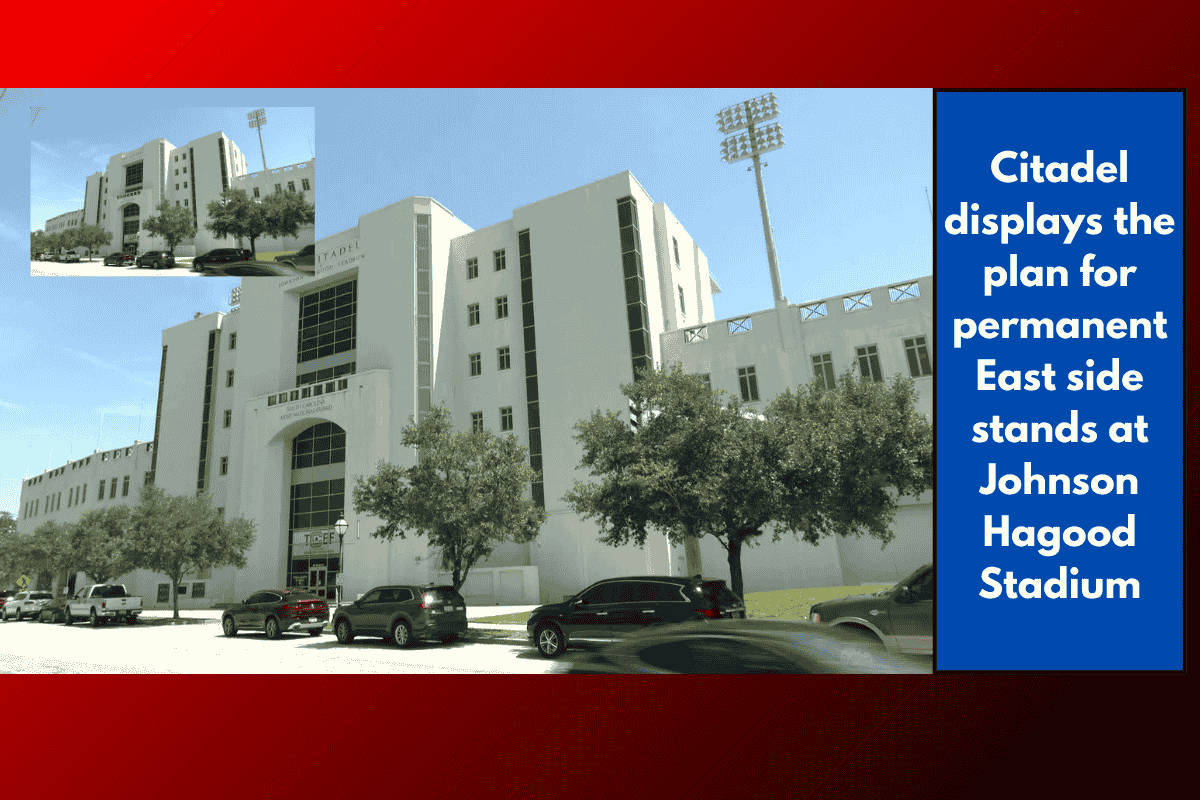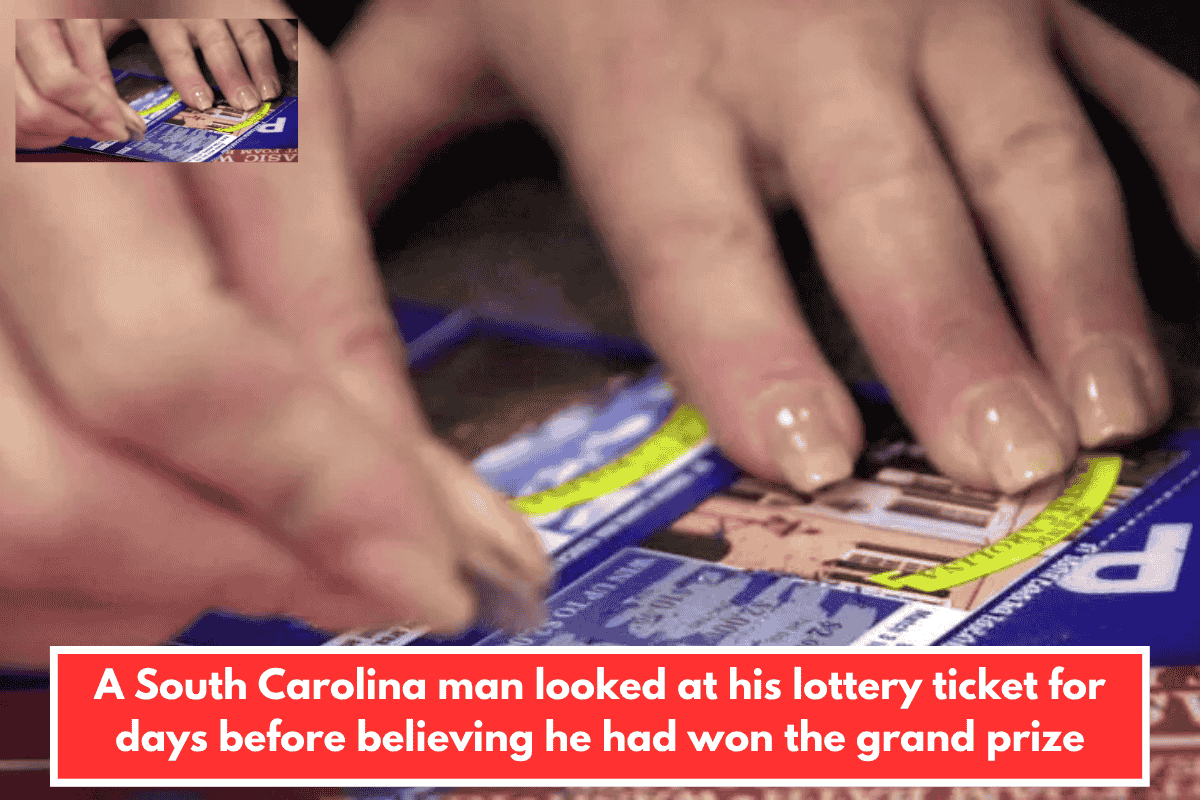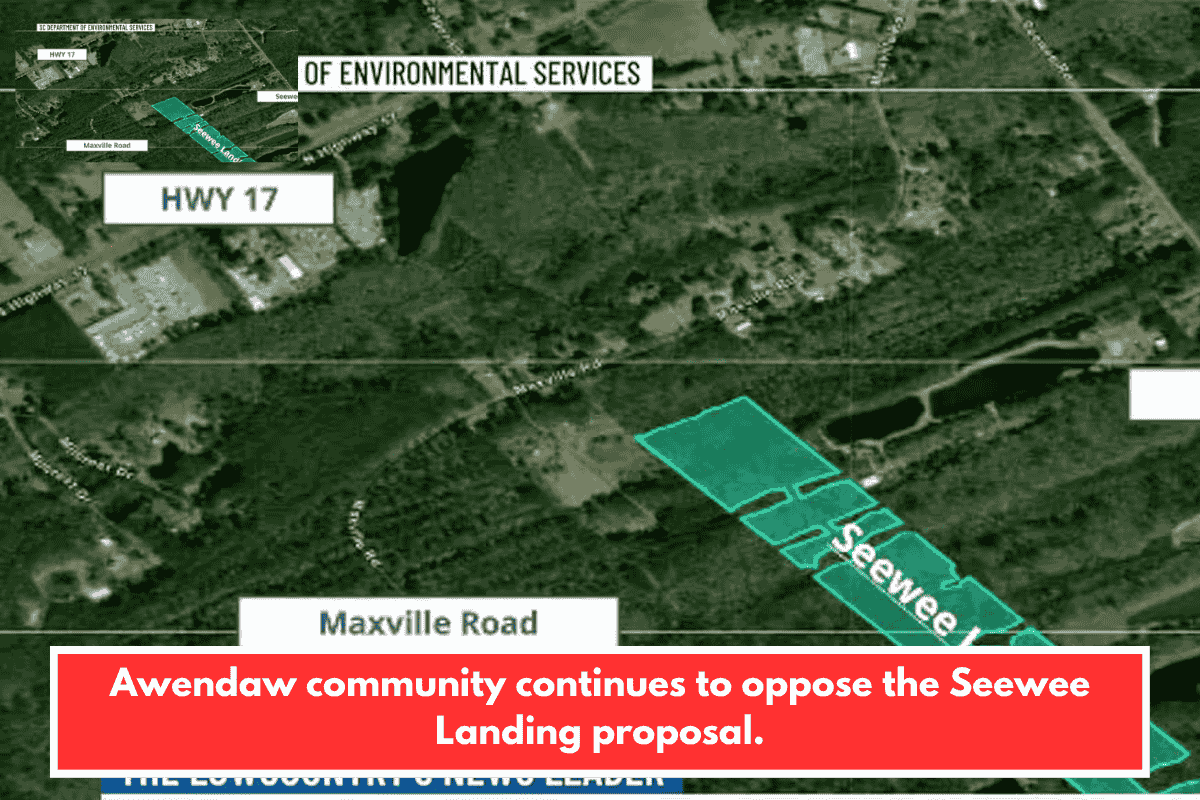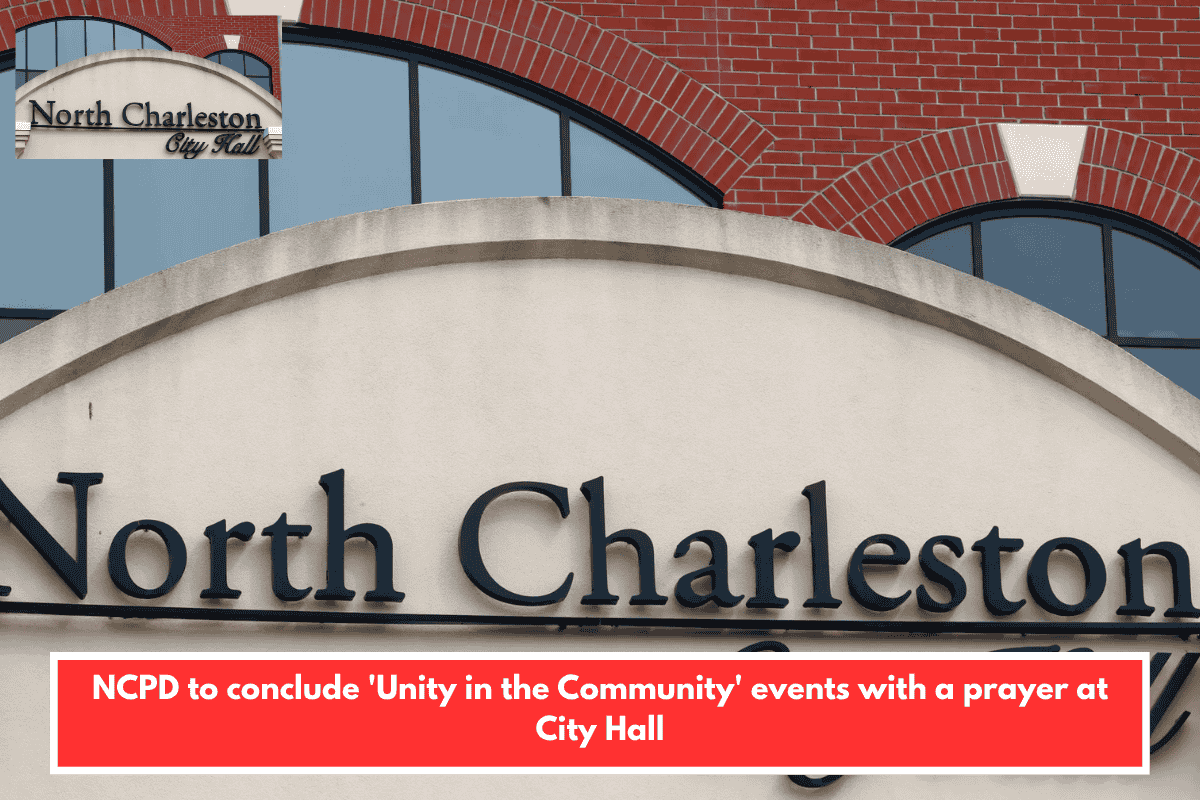The Citadel is one step closer to its long-awaited renovation of Johnson Hagood Stadium, as plans to replace temporary bleachers with permanent stands are taking shape. While the upgrades are seen as essential for the stadium’s growth, some local residents are voicing concerns about potential parking issues and the impact on the neighborhood’s aesthetic.
Renovation Plans for Johnson Hagood Stadium
The Citadel’s renovation project aims to replace the temporary seating that has been in place since 2016, when the original stands were removed. The proposed design includes permanent bleachers with real foundations in the same location as the previous seating. The renovation will increase the stadium’s seating capacity from 1,000 to 2,000, as well as add restrooms and improve access to the venue.
Paulette Myers of McMillan Pazdan Smith Architecture, which is overseeing the project, explained the scope of the renovation: “We’re actually just in the footprint of the previous stands that were demolished. That’s pretty much where we’re limited to with this project.”
Concerns Over Parking and Neighborhood Aesthetics
While many see the renovations as a necessary improvement, some residents are concerned about the potential impact on the surrounding neighborhood. A key worry is that the added seating could lead to more football fans parking in residential areas, which could exacerbate existing parking challenges.
The Citadel, however, does not anticipate this being a significant issue. The institution states that parking will be supported by internal lots, city parking lots, and increased use of ride-sharing services. Additionally, with 2,500 people living on campus, many of whom are likely to walk to the stadium, the Citadel believes the impact on parking will be manageable.
“We have just our internal lots, the city lots, and the increase in ride share. Plus, we have 2,500 people who live on our campus who just walk over there. So, we have a pretty healthy amount, we don’t expect that extra thousand individuals to have any real impact,” a Citadel representative said.
Another concern among residents is preserving the historic character of the neighborhood. Some have suggested that the new bleachers should be covered or obscured to prevent them from detracting from the aesthetic appeal of the area. Kevin Eberle, president of the Hampton Park Terrace Neighborhood Association, commented, “Everybody knows what football stands look like. That’s the side that my neighbors will be looking at from their front porches. It would be nice to have a better screen.”
Citadel’s Response to Community Concerns
The Citadel has acknowledged these concerns but maintains that the new stands will not negatively affect the neighborhood’s aesthetic. While some parts of the stands will remain exposed, the vertical structures are designed to complement the stadium’s overall look and improve access under the seating area.
“We’re designing these vertical structures to help with access and add to the design of the stadium,” a Citadel spokesperson said.
Next Steps for the Project
The renovation plans will now be presented to the Board of Architectural Review for approval on September 10, 2023. If approved, the project will move forward, making significant improvements to the stadium while addressing the growing needs of both the Citadel’s athletic programs and the surrounding community.














